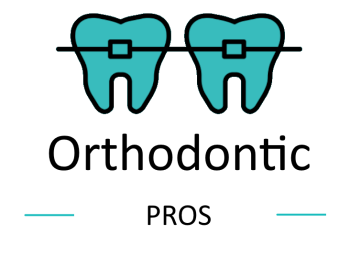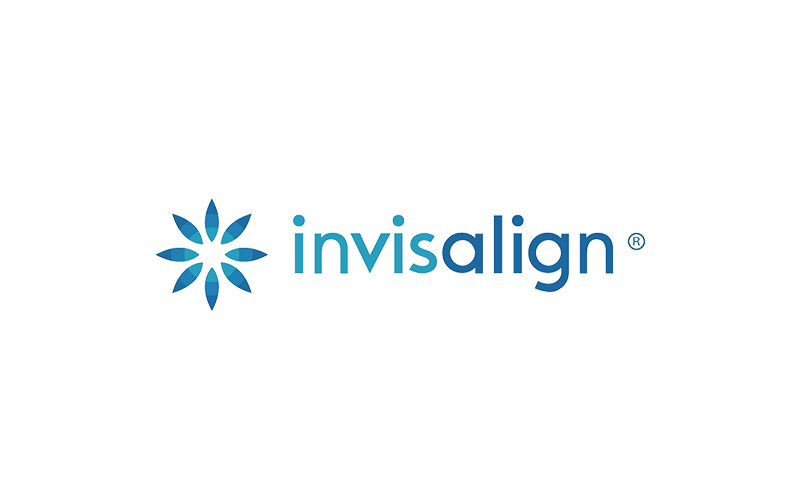Table of Contents
 Crossbite, a common condition in children, doesn’t typically correct itself as they age. This misalignment can affect the front teeth, back teeth, or both, with potentially severe consequences if left untreated. Discover why immediate treatment is essential as we explore the impact of this malocclusion on your dental health and the significance of proper occlusion—the harmony between your upper and lower jaws when they come together. Get ready to delve into the world of crossbite and its implications.
Crossbite, a common condition in children, doesn’t typically correct itself as they age. This misalignment can affect the front teeth, back teeth, or both, with potentially severe consequences if left untreated. Discover why immediate treatment is essential as we explore the impact of this malocclusion on your dental health and the significance of proper occlusion—the harmony between your upper and lower jaws when they come together. Get ready to delve into the world of crossbite and its implications.
What Causes Crossbite?
A crossbite happens when the upper jaw is narrower than the lower jaw, causing it to rest inside the lower jaw when the mouth is closed. There are various types of crossbites, but an orthodontist can correct them all. Crossbites not only affect your smile but can also make eating uncomfortable. Furthermore, they may lead to severe conditions like Temporomandibular Joint Disorder (TMD), which can result in pain and difficulties with jaw movement due to problems in the muscles controlling jaw motion.
Types of Crossbite
In dentistry, crossbites can be categorized into anterior and posterior. An anterior crossbite is when the front teeth are positioned within the lower jaw. A posterior crossbite occurs towards the back of the jaw. Posterior crossbites impact roughly 16% of children, whereas anterior crossbites affect 4-5% of children.
What Issues Does Crossbite Cause?
Genetics is a common factor contributing to crossbite in children. This condition can be inherited from the father, mother, or other immediate family members, even if they may not have been aware of it. Also, habits like thumbsucking, prolonged pacifier use, nail-biting, or delayed loss of primary teeth can lead to a crossbite. Another potential cause is oversized tonsils or adenoids, which can contribute to the development of this condition.
Effects
A misaligned bite can result in various dental problems, including bruxism (teeth grinding), oral health issues, open bite malocclusion, and psychological challenges. The consequences of a misaligned bite can contribute to tooth decay, gum disease, and excessive strain on the jaw muscles. Over time, this can lead to chronic jaw disorders and discomfort in the neck, shoulders, and back.
Early detection and timely correction of a misaligned bite are crucial as it allows for the identification and cessation of harmful habits, thereby preventing future dental and skeletal consequences. There is no medication available to rectify this condition. When left untreated and allowed to progress, it may necessitate orthognathic surgery, a specialized medical procedure, to correct it.
How To Treat A Crossbite
The optimal period for correcting malocclusion of this nature is during childhood or adolescence. While treatments for adults are available, they generally require a longer duration to achieve the desired correction than younger patients. The American Dental Association (ADA) recommends that the healthcare professional ensure sufficient space for tooth movement in the crossbite and that the bite can be opened to facilitate this movement.
Maxillary Expander
The orthodontist may utilize a device placed on the palate and attached to the upper teeth. This device uses a specialized key mechanism to widen the upper palate gradually. It is particularly effective in children whose palates are still in the growth phase. By employing this device, the orthodontist can achieve the desired expansion of the upper palate, helping to address the crossbite issue.
Removable Expander
This device is worn during sleep and facilitates incremental changes. By consistently wearing the device each night, individuals can continue the treatment until they achieve the desired effect of palate expansion.
Braces Treatment
Braces offer a long-term solution not only for crossbites but also for various other types of bite problems. In this treatment, dental braces address the alignment of teeth and jaw. Once the braces treatment is finished, a retainer is typically used to maintain the teeth in their corrected position, ensuring the long-lasting effectiveness of the treatment. Combining braces and retainers provides a comprehensive approach to achieving and preserving proper dental alignment.
Surgical Method
In some instances, when a broader expansion than what can be achieved with palate expanders is required, a surgical approach may be considered. The procedure involves intentionally breaking the jaw bones in multiple locations. Before the surgery, the patient wears a custom-made device to prepare the jaw for the procedure. By breaking the jaw bones, a more significant expansion can be accomplished.
Crossbite Vs Underbite
A crossbite is a malocclusion, a bite problem where the upper and lower teeth do not come together or bite properly.
An underbite is a malocclusion characterized by the lower teeth protruding further forward than the upper teeth. This condition leads to a misalignment of the jaw, commonly called Class III malocclusion. In an underbite, the lower jaw appears more prominent or protruded than the upper jaw.

